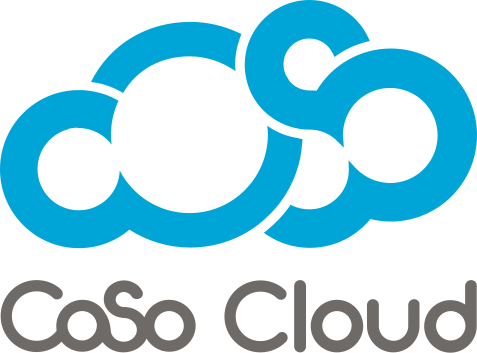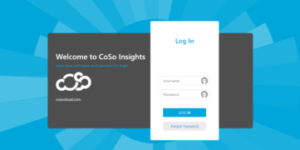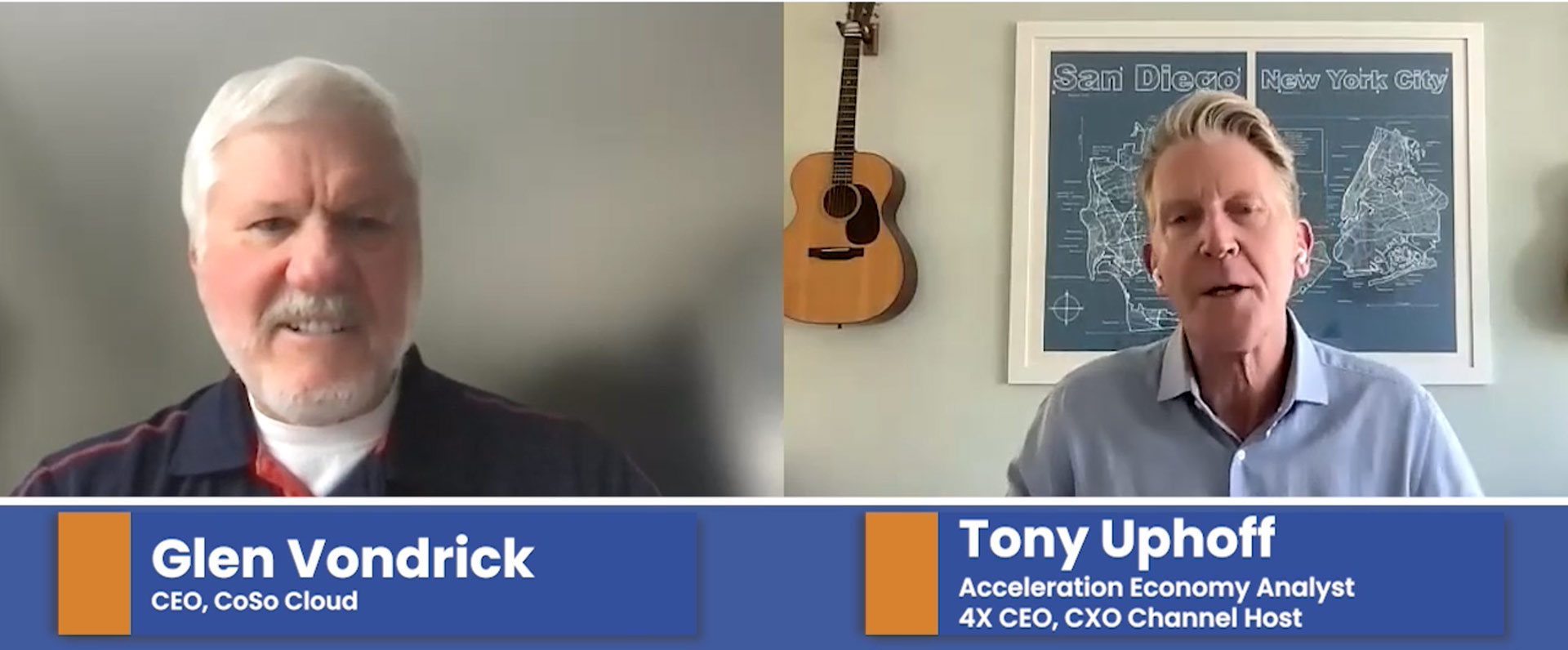
Five Things Trainers Can Learn from YouTube
February 9, 2017
When it comes to fixing things around the house, I was never much of a do-it-yourselfer. Then along came YouTube. Suddenly, I could search for help with whatever home repair problem I was having.
And the more I fixed, the more experienced I became, and the more knowledge I carried. I became my own eLearning success story.
Here is what I picked from my DIY journey and the 5 things training managers or instructors could learn from YouTube:
- Segment Your Learners By Skill
Like YouTube, virtual classrooms allow people to learn on their own, on demand, while mobile. And just as learners on YouTube can find and decide which videos cater best to them in terms of subject matter and level of expertise, they should be allowed to do the same when it comes to virtual training. Know the skill and knowledge level of your learners and segment your training sessions and audiences accordingly.
- Create Content That Speaks To The Uninitiated
The problem with most training programs is they speak to learners as if they’re already part of your “all-knowing” world. The most effective DIY videos on YouTube for me are the ones that feature a teacher who barely knows more than I do. Someone who can talk about how they got past the same beginner challenges I was sure to encounter. Imagine the journey your learners will take to acquire the knowledge you’re trying to convey. Anticipate where your learners might lose you or have questions or else risk people getting frustrated or worse—tuning out.
- Teach In Quick Bursts
Another great thing about YouTube is how you can quickly find not just the lesson you want, but the exact part of the lesson that most concerns you. Presenting a session this way might be counterproductive, but at the very least your lectures should be presented in a way that allows them to be broken down and converted into highly searchable micro-learning sessions that can be made available on YouTube, an internal knowledge base or even an automated instant message.
- Be Visual
You don’t go to YouTube to read. You go to YouTube to see. It’s a big part of the appeal, but that’s not all: From a learning standpoint, visuals can improve long-term memory retention by 400 percent. There are all kinds of other ways to bring visual utility and appeal to your lesson, whether it’s graphics, animation or live action, and YouTube is home to all kinds of great examples.
- Be Funny Or, At Least, Be Fun
This last suggestion assumes, of course, that you can actually be funny. Subjecting learners to unfunny people trying to be funny isn’t the worst thing you can do, but it’s certainly not the best. But not being funny doesn’t mean not being fun. I’ve seen presenters with soft personalities bring some much needed liveliness to their sessions by drawing from the stronger personalities of their learners. There are all sorts of ways to make your sessions more fun.
Want to hear more? Check out my article, which goes into deeper detail on eLearningIndustry.com.











